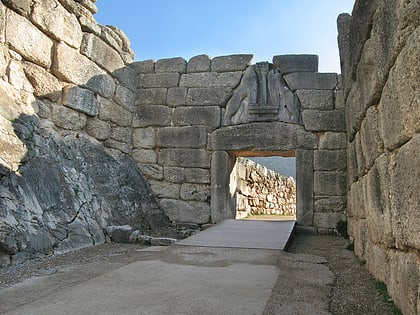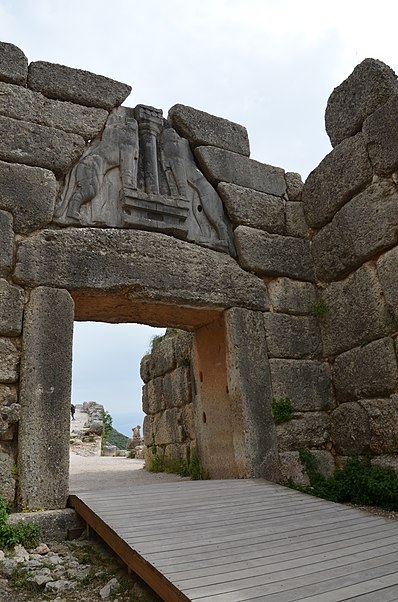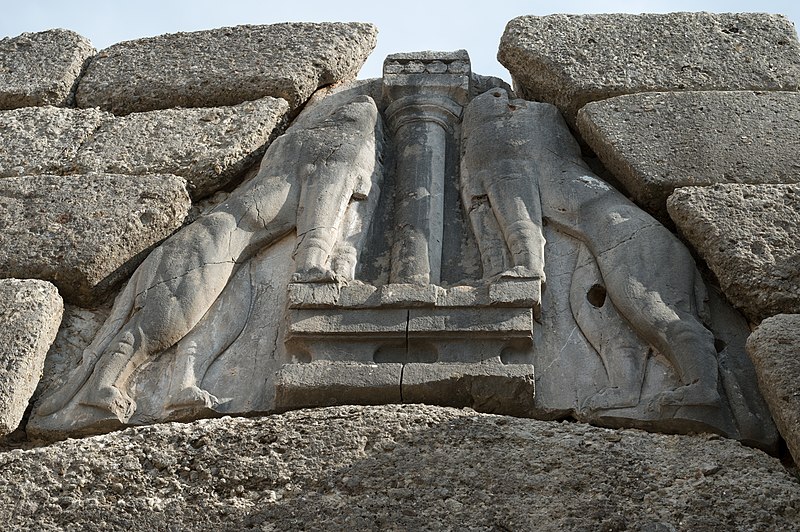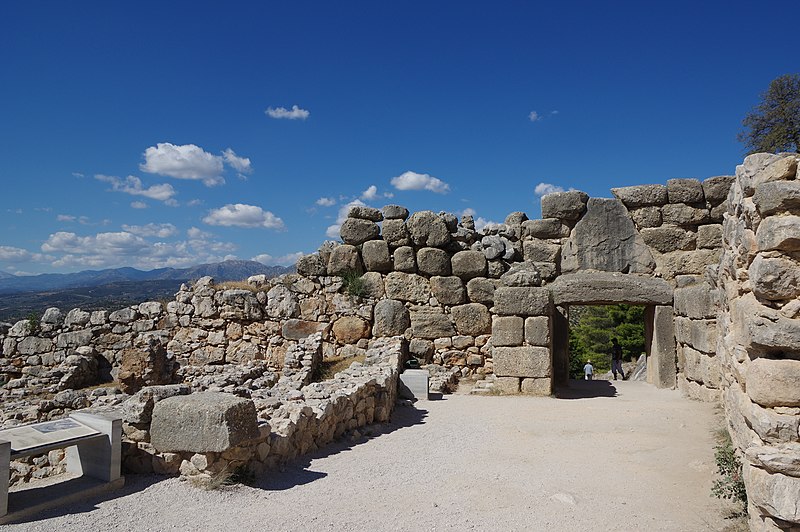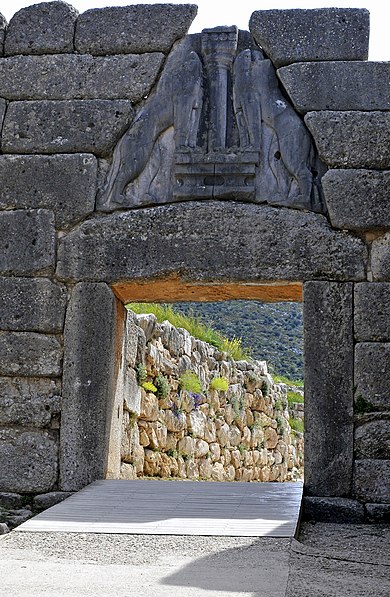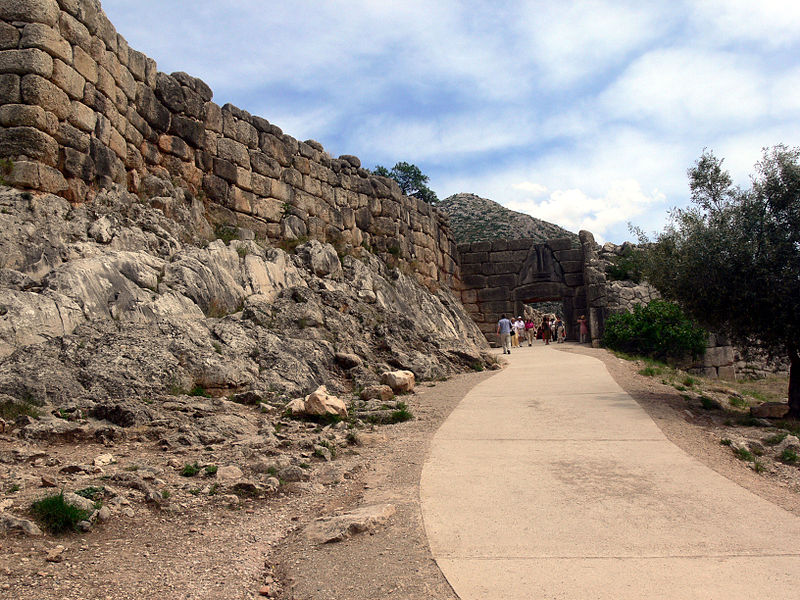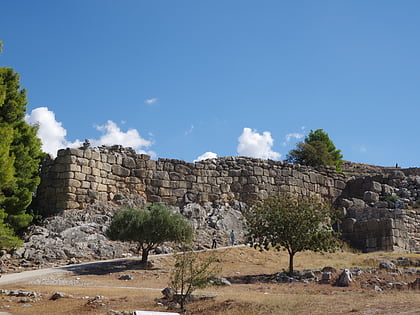Lion Gate, Mycenae
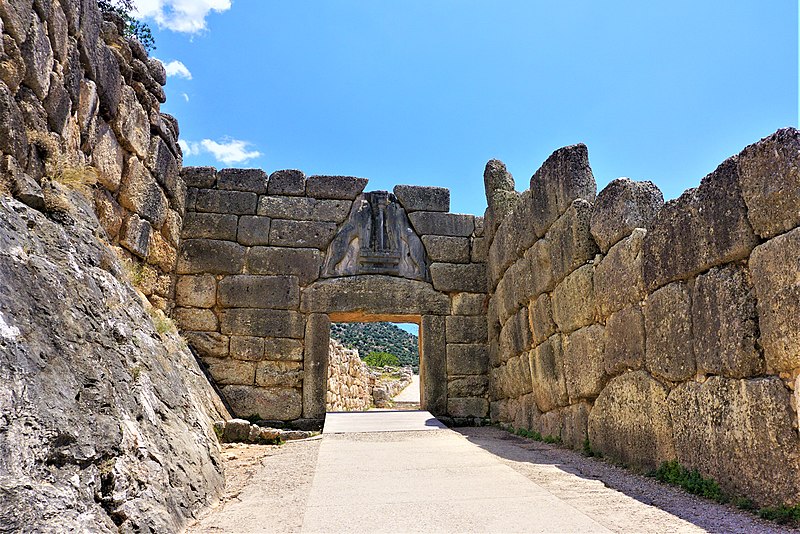
Facts and practical information
The Lion Gate stands as an iconic entrance to the ancient citadel of Mycenae in Greece, a testament to the grandeur of Mycenaean civilization. Dating back to the 13th century BCE, it is one of the most significant and well-preserved monuments of Bronze Age Greece. The gate earned its name from the remarkable relief sculpture that adorns its lintel, depicting two heraldic lions standing on either side of a column. This sculpture is considered one of the earliest examples of monumental sculpture in Europe.
As the main entrance to the citadel, the Lion Gate was not only a symbol of the power and wealth of the Mycenaean kings, but also a formidable defensive structure. The gate is constructed from massive limestone blocks, and the area above the lintel was designed to relieve the weight from the enormous stones, showcasing the architectural ingenuity of its builders.
For the modern visitor, the Lion Gate offers a glimpse into the past, inviting them to walk through the same entrance where kings and warriors once tread. The site is located near the modern village of Mycenae, which is in the Peloponnese region of Greece, about 90 kilometers southwest of Athens.
Tourists can explore the ruins of the citadel, which include grave circles with royal tombs, the remains of the palace complex, and various other structures. The nearby Archaeological Museum of Mycenae provides further insights into the artifacts and history of the site.
Lion Gate – popular in the area (distance from the attraction)
Nearby attractions include: Treasury of Atreus, Fortifications of Mycenae, Grave Circle A, Grave stelai from Grave Circle A.
